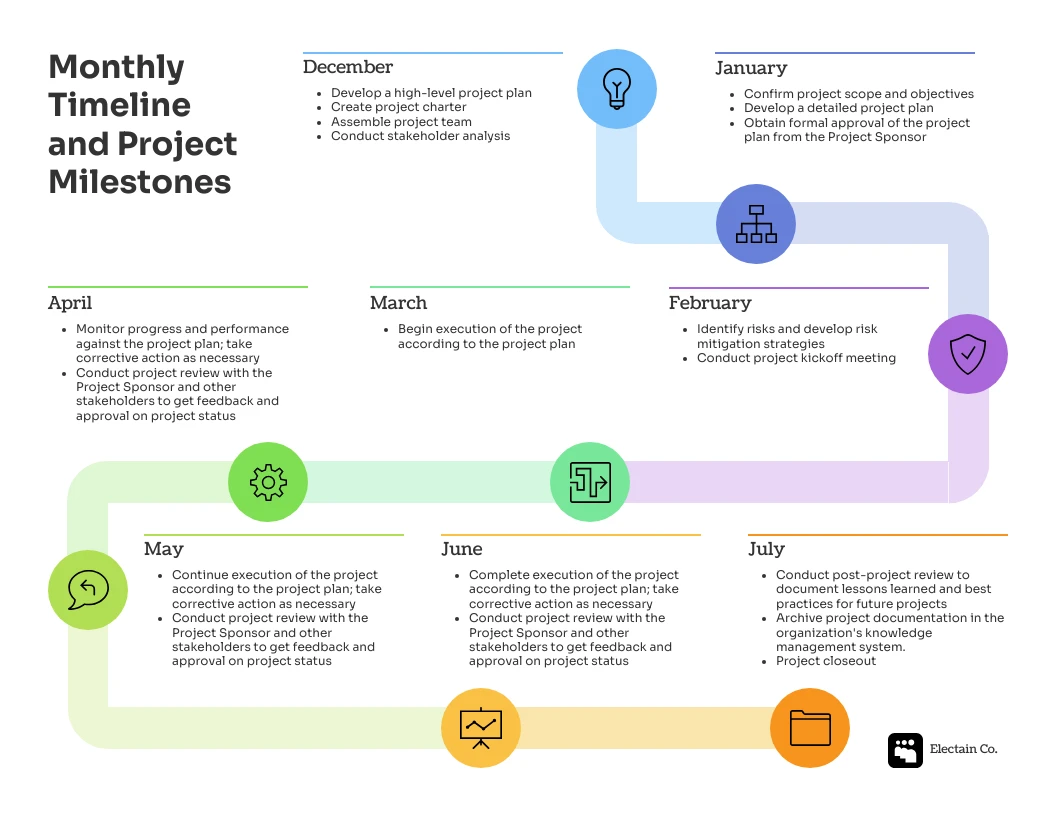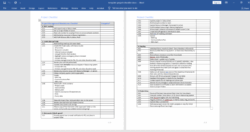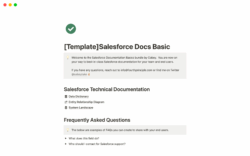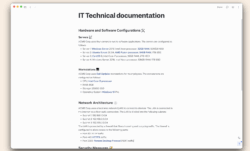Ever feel like you’re drowning in text-heavy documents? Let’s face it, walls of words can be intimidating and, frankly, ineffective. Especially when you’re trying to explain complex processes, intricate systems, or even just onboard new team members. That’s where the power of visual documentation comes in. Think diagrams, flowcharts, screenshots, and even short videos – all working together to paint a clear and easily digestible picture.

But before you dive headfirst into creating visually stunning documentation, you need a plan. Just like any other project, a visual documentation effort benefits immensely from a well-structured approach. This is where a visual documentation plan template becomes your best friend. It helps you outline your goals, define your audience, choose the right visuals, and ensure consistency across all your documentation.
Think of it as a roadmap for your visual journey. It will prevent scope creep, ensure that your team is on the same page, and ultimately lead to more effective and engaging documentation. So, how do you create this essential planning tool? Let’s explore the ins and outs of crafting an effective visual documentation plan, complete with a template to get you started.
Why You Need a Visual Documentation Plan Template
Imagine trying to build a house without blueprints. Sounds chaotic, right? The same principle applies to visual documentation. Without a clear plan, you risk creating inconsistent, confusing, and ultimately useless materials. A visual documentation plan template acts as your blueprint, guiding you through the entire process from initial concept to final delivery.
One of the primary benefits is improved clarity. By outlining your objectives and target audience upfront, you can ensure that your visuals are tailored to their specific needs. This means avoiding jargon, using clear and concise language, and focusing on the key information that your audience needs to understand. A plan helps keep you focused on creating content that truly resonates.
Efficiency is another significant advantage. A well-defined plan helps you avoid wasted effort. You can map out the specific steps required to create each piece of documentation, from gathering information and creating visuals to reviewing and publishing. This streamlined approach saves time and resources, allowing you to focus on other important tasks.
Furthermore, a visual documentation plan template promotes consistency. By establishing clear guidelines for visual style, terminology, and formatting, you can ensure that all your documentation looks and feels cohesive. This creates a more professional and user-friendly experience for your audience.
Finally, consider the ease of collaboration. A shared plan provides a central point of reference for all team members involved in the documentation process. This promotes better communication, reduces the risk of misunderstandings, and ensures that everyone is working towards the same goals. With a clear plan, everyone knows their roles and responsibilities.
Key Elements of a Visual Documentation Plan
Creating a robust visual documentation plan template involves several key elements. First, you need to clearly define the scope of your documentation project. What specific topics will you cover? What are the goals of the documentation? Who is your target audience? Answering these questions will provide a solid foundation for your plan.
Next, consider the types of visuals you will use. Will you rely primarily on diagrams, flowcharts, screenshots, or videos? Each type of visual has its strengths and weaknesses, so choose the ones that are most appropriate for your content and your audience. Think about the learning styles of your intended audience and cater to them appropriately.
Another crucial element is the documentation workflow. How will you gather information? Who will create the visuals? Who will review and approve the documentation? What tools will you use to create and manage your documentation? Mapping out the workflow will help you streamline the process and avoid bottlenecks.
Don’t forget about style guidelines. These guidelines should cover everything from color palettes and fonts to terminology and formatting. Consistency is key when it comes to visual documentation, so make sure everyone involved in the project adheres to the same style guidelines. This is how you develop brand consistency.
Finally, think about how you will measure the success of your documentation. What metrics will you use to track its effectiveness? Will you collect feedback from users? How will you use this information to improve your documentation over time? Establishing clear metrics will help you ensure that your documentation is meeting its goals.
The process of developing compelling visual documents requires dedication and strategy. It’s a matter of synthesizing information and relaying it through imagery in a way that resonates.
The payoff of using a visual documentation plan template is increased clarity and engagement. Investing the time to create a plan ensures that your documentation is not only visually appealing but also highly effective in communicating information.



